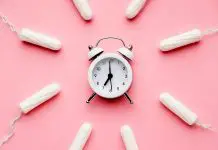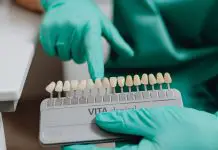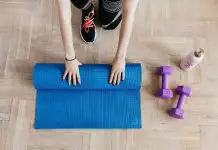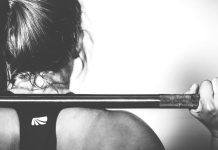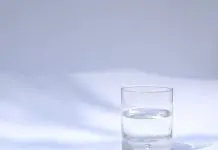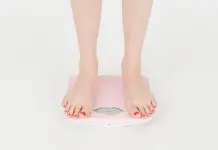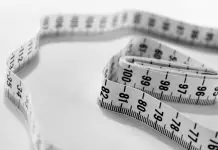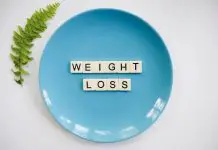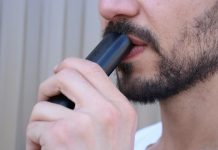With so many bladder management techniques and products out there, it is very difficult to identify which product is best for you. Bladder incontinence is something which affects 6 million people’s lives in the UK daily, therefore, there is a necessity to find a system that works for you and the system which you feel most comfortable operating day to day.
For those with bladder incontinence, the correlation between what ails them and the treatments and products available, is quite confusing.
Below is a simplification of what ailments should correlate with which products.
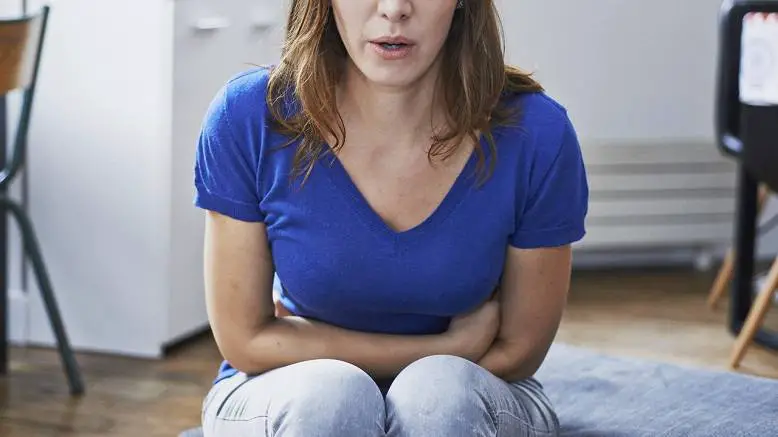
Balloon Catheters
For those with postoperative bladder incontinence especially.
- Balloon catheters are ‘soft’ catheters.
- They are inserted into the body and inflated at the urinary tract to release build up of urine.
- Can be used for long or short term emptying of the bladder.
- This method is easy and safe to use, and economically friendly.
Intermittent Catheters
For those who suffer from spinal chord injury, spina bifida, multiple sclerosis, prostate enlargement, urethral strictures or post-operative urinary retention.
- Considered the ‘Gold Standard’ for catheter emptying.
- Can be performed by a patient or a care giver.
- This form of catheter is mainly used for short term release of fluid. i.e. It is like having regular toilet visits.
- This is great for regular toilet needs and one of the best treatments for the conditions listed above.
Pre-connected Systems
For those who are prone to urinary tract infections.
- A closed urinary drainage system, which uses sterile glycerine solution, giving maximum protection against infections.
- The system is more established as an anti bacterial method than any other catheter.
Supra-pubic Urine Drainage
For those who need operational methods of catheterising
- Short, medium and long term care for urine draining.
- Lower rate of urethral damage.
- Inserted under operational circumstances.
- Decreased possibility of bacterial infection.
Nephrostomy
For those who have obstruction blockages such as stones or clots.
- Top of the range medical equipment is available to make it all much easier.
- Needs a practising doctor and local anaesthetic to administer.
Preventative Measures
For those of us who do not currently suffer from bladder incontinence, there are certain preventative measures that you can take to help stave it off.
Do Not Smoke
If you are a smoker, it would be sensible to put it out if you want to remain healthy in all senses.
Kegel Exercises
These are exercises that strengthen your urinary muscles to aid those who already have bladder incontinence and to help others prevent it. A tutorial for males can be found here. While a tutorial for females can be found here.
Avoid Bladder irritants
This mainly focuses on the consumption of coffee and other drinks containing caffeine. The caffeine induces urination more than drinking other fluids, so drinking one less cup of coffee a day could make all the difference.
Have a fibrous diet
Having a high fibre diet promotes regular and healthy toilet stops which can only serve to help your body in the long run!
Maintain a Healthy Diet and Exercise Regularly
Living a healthy lifestyle shows benefits in the toilet department.








